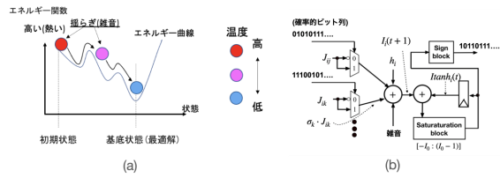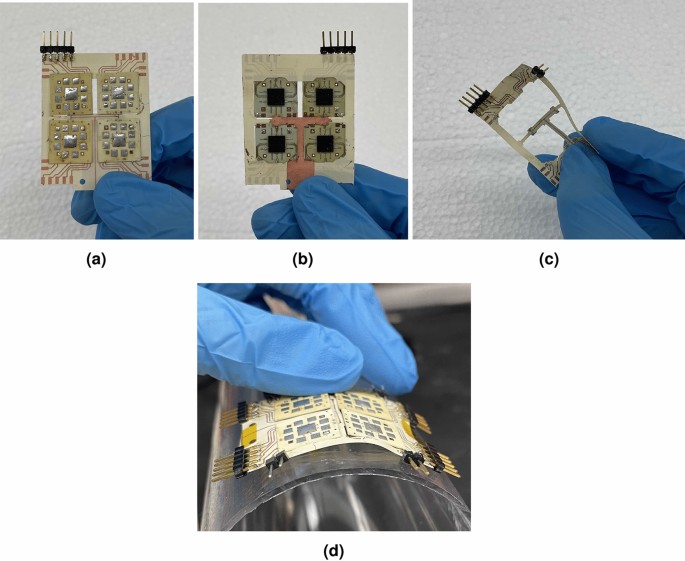赤い惑星の音響環境に迫る新たな研究成果 New research sheds light on the Red Planet’s acoustic environment
202-04-01 アメリカ・ロスアラモス国立研究所(LANL)
 he Perseverance with the Ingenuity helicopter on Mars on April 7, 2021. Credit: NASA/JPL-Caltech/MSSS
he Perseverance with the Ingenuity helicopter on Mars on April 7, 2021. Credit: NASA/JPL-Caltech/MSSS
・録音から、音の減衰が地球よりも火星で強いことがわかりました。この違いは、火星の大気の96%を占めるCO2の含有量が多いことと、火星表面の気圧が地球の170倍と低いことに起因している。これらの要因によって、わずか数メートル隔てただけの2人の会話は難しくなる。・火星での「パーサヴィアランス」の1年後、チデと研究チームは5時間以上の火星の音を収集した。これらの結果は、火星大気のダイナミクスを研究するための音響測定の可能性を示しており、最終的には金星やタイタンなど他の惑星の大気の理解も深めることができるだろう。
・探査機が1年目に録音した音の一部はこちらで聴くことができます。
<関連情報>
- https://discover.lanl.gov/news/0401-sounds-from-mars
- https://mars.nasa.gov/mars2020/multimedia/audio/ (火星の録音)
- https://www.nature.com/articles/s41586-022-04679-0
火星のサウンドスケープをその場でレコーディング In situ recording of Mars soundscape
S. Maurice,B. Chide,N. Murdoch,R. D. Lorenz,D. Mimoun,R. C. Wiens,A. Stott,X. Jacob,T. Bertrand,F. Montmessin,N. L. Lanza,C. Alvarez-Llamas,S. M. Angel,M. Aung,J. Balaram,O. Beyssac,A. Cousin,G. Delory,O. Forni,T. Fouchet,O. Gasnault,H. Grip,M. Hecht,J. Hoffman,J. Laserna,J. Lasue,J. Maki,J. McClean,P.-Y. Meslin,S. Le Mouélic,A. Munguira,C. E. Newman,J. A. Rodríguez Manfredi,J. Moros,A. Ollila,P. Pilleri,S. Schröder,M. de la Torre Juárez,T. Tzanetos,K. M. Stack,K. Farley,K. Williford &the SuperCam team
Nature Published: 01 April 2022
Abstract
Prior to the Perseverance rover landing, the acoustic environment of Mars was unknown. Models predicted that: (i) atmospheric turbulence changes at centimeter scales or smaller at the point where molecular viscosity converts kinetic energy into heat1, (ii) the speed of sound varies at the surface with frequency2,3, and (iii) high frequency waves are strongly attenuated with distance in CO22–4. However, theoretical models were uncertain because of a lack of experimental data at low pressure, and the difficulty to characterize turbulence or attenuation in a closed environment. Here using Perseverance microphone recordings, we present the first characterization of Mars’ acoustic environment and pressure fluctuations in the audible range and beyond, from 20 Hz to 50 kHz. We find that atmospheric sounds extend measurements of pressure variations down to 1,000 times smaller scales than ever observed before, revealing a dissipative regime extending over 5 orders of magnitude in energy. Using point sources of sound (Ingenuity rotorcraft, laser-induced sparks), we highlight two distinct values for the speed of sound that are ~10 m/s apart below and above 240 Hz, a unique characteristic of low-pressure CO2-dominated atmosphere. We also provide the acoustic attenuation with distance above 2 kHz, allowing us to elucidate the large contribution of the CO2 vibrational relaxation in the audible range. These results establish a ground truth for modelling of acoustic processes, which is critical for studies in atmospheres like Mars and Venus ones.



